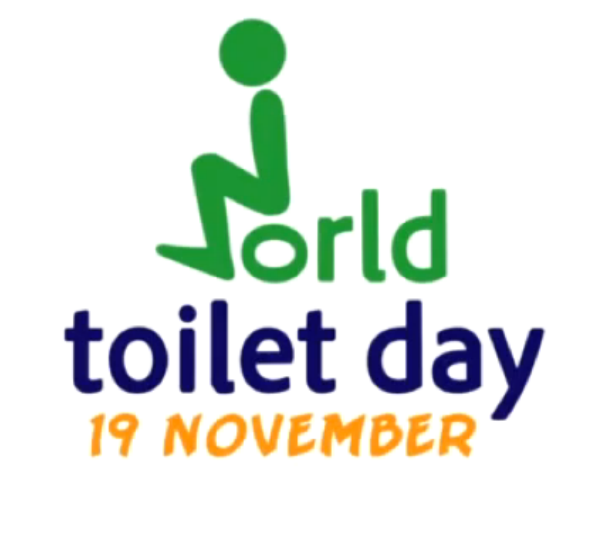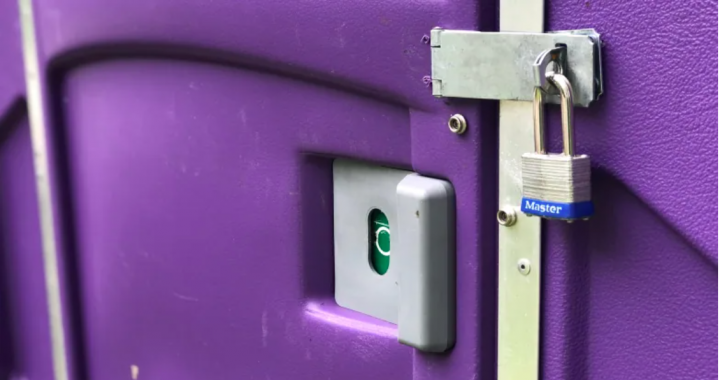The Star
Edward Keenan Wednesday, November 7, 2018
It’s kind of fitting that in Toronto we designed almost all of our subway stations to look like public washrooms but put hardly any toilets in them for the public to use. On the Bloor-Danforth line, for instance, there are 31 stations and only four of them have washroom facilities.
It makes the system a perfect place to ponder how egregiously neglected some of our human needs are. For most of us, at some point, the time will come when we suddenly realize the gas that’s been bothering us may in fact be liquid, and we need to deal with it fairly urgently. And if we’re at, say, Coxwell station, we’ll further realize that the available facilities are all at least a 10- to 15-minute ride away in one direction or the other. Uh oh.
It isn’t just on the TTC. In large public parks, most washrooms are only open in the summer. In many small public parks and schoolyards, there are no public facilities at all. Downtown, there are hardly any public washrooms that aren’t in private businesses — and a much-ballyhooed contract signed way back in 2011 that was supposed to provide 20 self-cleaning automated toilets to the city has so far yielded only three.
We all gotta go — the average person needs to use a toilet to pee or poop more than 2,500 times a year, and at any given time about a quarter of women of child-bearing age are menstruating. And yet these needs are almost remarkably ignored in the city we’ve built. Not just in Toronto but in cities across North America, as a new book by Canadian journalist Lezlie Lowe makes clear. No Place To Go, the source of those numbers at the start of this paragraph, is Lowe’s attempt to reckon with the question “why are public toilets so crappy?”
It’s something most of us don’t think about at all, until the feeling strikes and we can’t think of anything else. But it can be a pressing daily concern. Lowe’s book details the experience of those with young children who suddenly realize how hard it can be to find an accessible toilet in a hurry; the plight of the homeless who are often not welcome to use the facilities in private businesses; those with Crohn’s disease and other medical conditions in which a stop to ask for a key can lead to messy humiliation.
She details the evidence of truck drivers and cab drivers routinely urinating into bottles in traffic. She alerts us to the “poop count” maps of San Francisco streets resulting from the homeless population’s obvious response to having no access to facilities. She cites reports of senior citizens who no longer make trips into the city because they don’t think they can make it without an accident. She talks of teenage girls who quit sports teams because they are tired of popping a squat at the side of the soccer pitch to pee while male teammates stare and catcall them.
As Lowe writes at one point, the issue “isn’t life-or-death. But it is life, clearly. Quality of life.” And yet, when our governments obsess about livability, “Somehow, providing a comprehensive network of public bathrooms, in the way cities create spiderwebs of bus routes, parks, and playgrounds, isn’t part of that conversation.”
It’s easy to forget how often public washrooms have been a battleground in civil rights fights. One chapter in No Place to Go discusses how a working woman’s fight for a public women’s “convenience” beside one that already existed for men was an early feminist battle in Camden Town in England 1900. The Freedom Riders struggled to racially desegregate washrooms in the 1960s in the U.S. In recent decades, disability advocates have engaged in high-profile fights to make toilets accessible. Headlines in the past few years have detailed the struggles of trans people to use washrooms that match their gender identity.
But the fight for access to them recurs so often in history because, obviously, who can use the toilet in any given place defines who is welcome there, and who can feel comfortable there. You’d think that would be something we would make a priority — not just in civil rights cases, but for everyone, all the time.
The official excuses for the lack of amenities, of course, are more mundane and less politically charged. Expense is the biggest one, alongside fears of harassment and vandalism. But Lowe notes some contemporary success stories. In New York, famously beautiful washrooms in some Manhattan parks are paid for and staffed by local business associations. In San Francisco, “Pit Stops” have been a tremendous success in areas with large homeless populations, simply by having a paid attendant clean them and monitor them.
Perhaps the shining example is Portland, Oregon, where by simple design, the “Portland Loo” has become a civic success story: resistant to vandalism and misuse mostly through design, open to everyone for free, paid for not through a convoluted advertising contract but by public money, because they are a public good.
Lowe reports Portland is defraying the cost somewhat by selling them to other cities.
Maybe Toronto should get in touch about buying some. Or at least start talking about an alternative.



